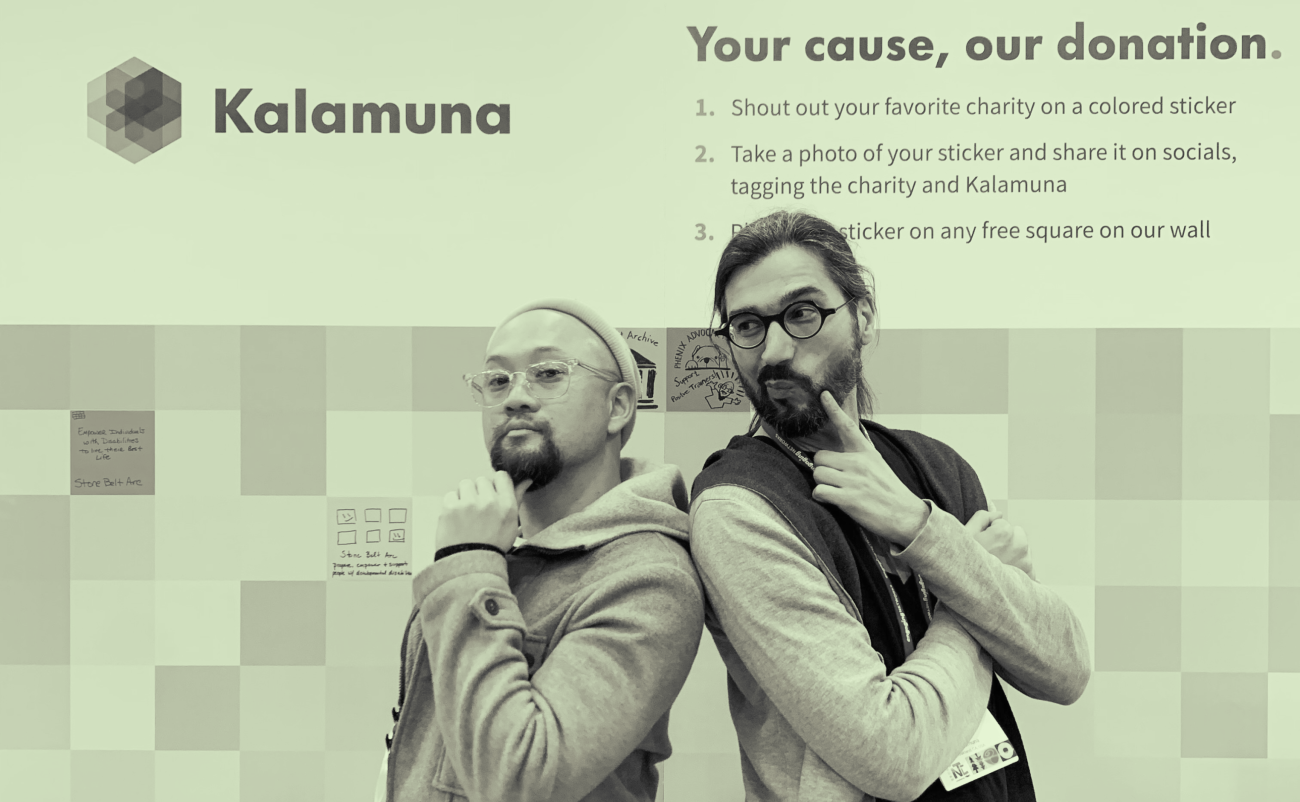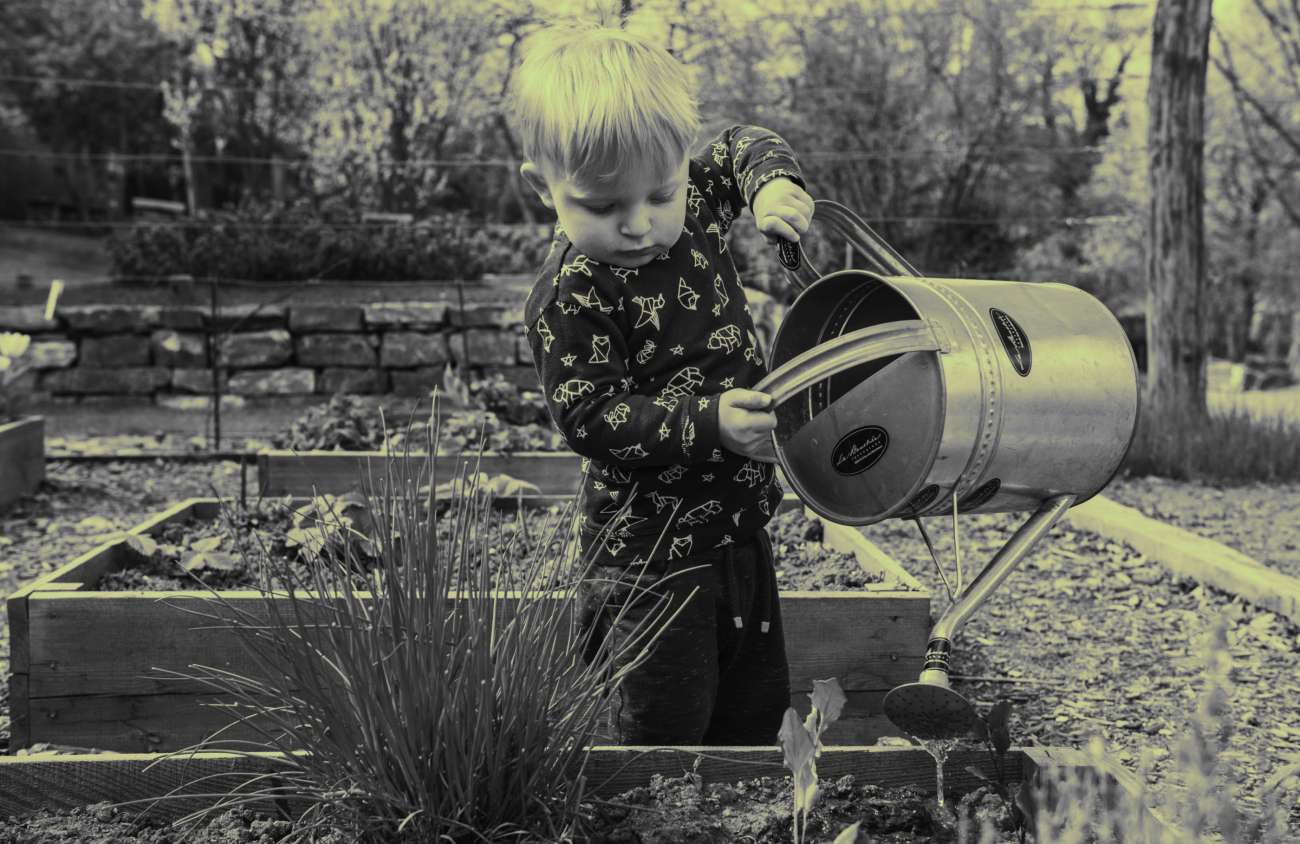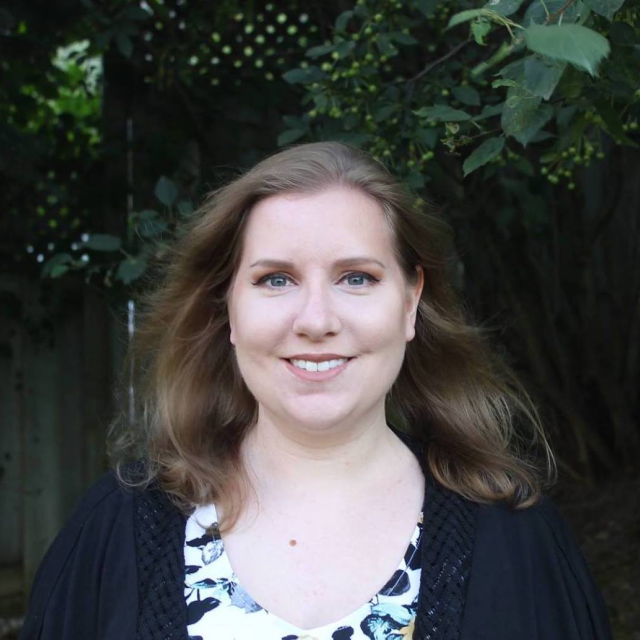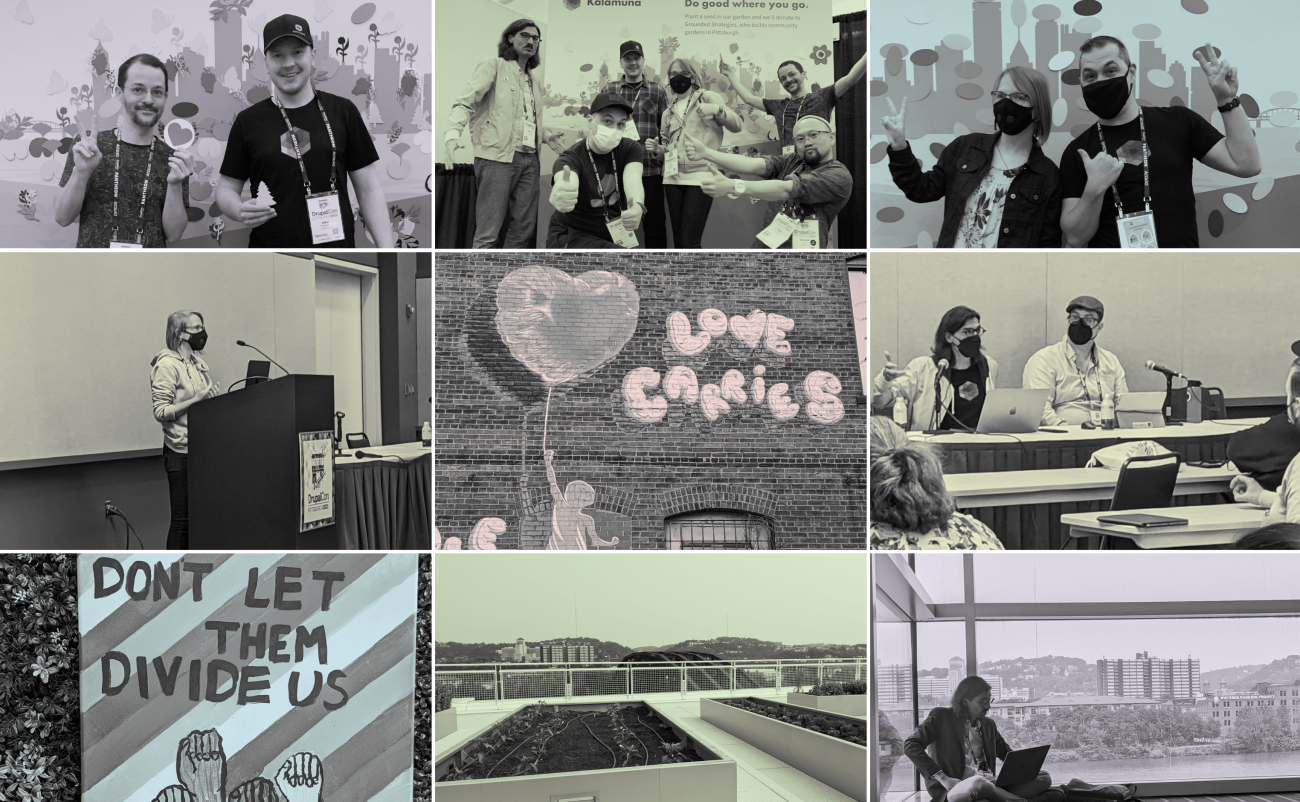UX Conference Round-up
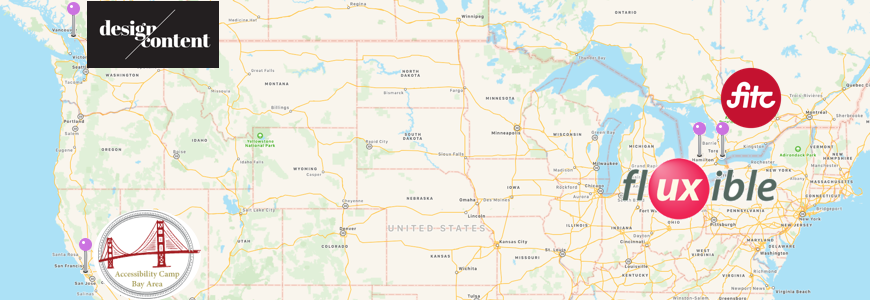
Share
Every year I try to attend as many industry conferences as possible, but over the years I’ve become more selective about which ones I go to. I find them to be incredibly valuable and insightful, but they also cost money and take time, so I grade them pretty hard. This year I had the pleasure of attending several UX-focused conferences. Each was great in different ways, and I came away leaving inspired each time, and wanting to share some of the lessons I learned, so I wrote this blog post.
Design & Content, Vancouver

Their tagline is “Better Together” and that theme certainly resonated for me while I attended this annual 2-day tribute to my two favorite professional topics: design and content! At this conference, the content strategists outnumbered the designers on the roster, and possibly in terms of attendees as well. The event was extremely well-run, and the attention to detail was everywhere: bathrooms were marked “gender neutral” for the conference, swag bags were “a la carte”, and all of the talks were accompanied by live captioning for the hearing impaired.
The main theme of the event was a plea to design and write with care. Many of the talks centered on compassion and respect, and every speaker passionately conveyed in their own way how important a duty it is for all of us to design products with people’s feelings in mind. That level of careful consideration applies at so many levels, from the very product ideas we work on, to the wording of help text and UI elements and labels, to the way we animate our pop-ups.
Some key talks included:
-
Sara Wachter-Boettcher’s “Design for Real Life” which is the same name as the book she wrote with Eric Myers.
-
Megan Casey’s “Stop and Think: Strategy for Smart Content Decisions.” She has a new book out which is a new essential content strategy book fittingly called The Content Strategy Toolkit.
-
Jon Lax talked about having a playbook, which he later put out in a blog post on Medium.
-
Donna Lichaw rocked the narrative approach to product strategy, which you can read about in her book, The User’s Journey.
-
Anil Dash asked some big and important questions in a rousing and impassioned closing keynote.
Overall this event felt really special and was exceptionally well-run, especially for an event only in its 2nd year. The energy was super positive and after two days I was all fired up and ready to take on the world. I’m already looking forward to the next one. You can watch the 2016 Design & Content talks for free on Vimeo.
Event link: https://designcontentconf.com
FITC Spotlight: UX, Toronto

FITC is generally known for their annual three-day (plus workshops) creative technology conference held in Toronto every year in the spring. But this was a single-day, single-track, focused “spotlight” on UX, held on a Saturday so that full-time professionals could add attend. With six speakers and a panel talk, the format was varied and the talks were generally broader in focus and more like overviews than some of their more tech-focused events, but I still came away learning a few things. Going out for lunch in Toronto’s lively Entertainment District was an added bonus. I highly recommend going to Pai if you’re ever in town.
My favorite talk was by Maya Bruck, senior product designer from Etsy, titled UX as a Team Sport. In it she spoke candidly about the challenges and importance of cross-disciplinary collaboration. They’ve figured out a lot as they’ve grown, and obviously become really good at being critical in a productive way and embracing opportunities to tweak and constantly improve.
Event link: http://fitc.ca/event/spotlightux/
Fluxible, Kitchener-Waterloo, Ontario
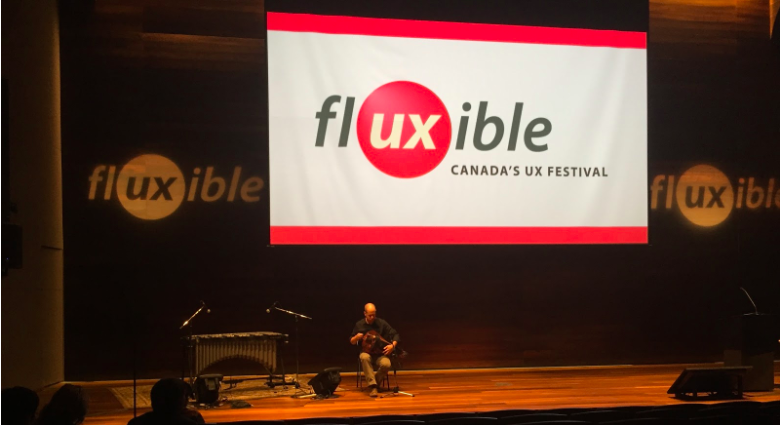
Ben Grossman plays the hurdy-gurdy between speakers at Fluxible
Having heard numerous people rave about this annual conference about an hour’s drive from Toronto, I knew it was gonna be hard for it to live up to the hype. But it did. It took place over the weekend in a beautiful little corner of the city, in a brand-new-ish “innovation” center/theatre, right next door to Shopify’s spectacular new enterprise sales headquarters. The level of detail and organization exhibited at this event set a high bar. Just as a few examples:
-
Before the event, attendees were invited to submit song requests for the background music played at the conference, as long as the songs were available to purchase on the iTunes Music Store.
-
For lunch on Saturday everyone was sent to one of five really nice local restaurants. This was a bit of an experiment for this year’s event, but it worked out splendidly.
-
Between every speaker there was a live musical interlude, and every one of the musicians was remarkable in some way, either by the instrument they played (hurdy-gurdy anyone?) or in the way they played it.
-
There were picnic blankets available for people to sit and lie on outside in the grassy courtyard during the breaks.
-
Food allergies and special diets were addressed before and during the event, with personal letters being written to each person who had a concern, highlighting how their restrictions were being accommodated.
-
An on-site pop-up store was stocked with a great selection of UX books, including some signed copies, and CDs from the performing musicians.
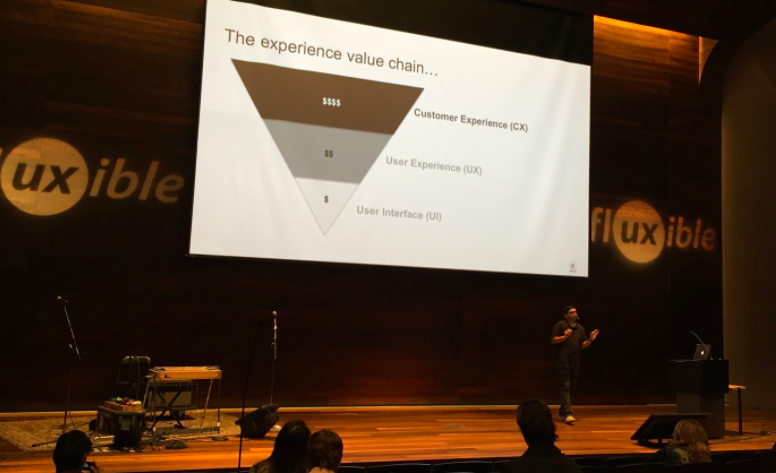
Satyam Kantamneni describes the experience value chain as an inverted pyramid.
But what about the talks? They were first-rate as well. Here are a few highlights:
-
Peter Merholz kicked things off with a great talk about the challenge of designing design teams within design organizations - so meta! He’s got a new book out called Org Design for Design Orgs that provides some insight.
-
Alaine Mackenzie from Shopify enlightened us about of the content strategy practice for the Shopify brand. Alaine shared some great tips on how to be a champion for content in a fast-paced startup culture.
-
Dan Brown discussed the ins and outs of discovery documentation, a subject near and dear to my heart as a UX discovery lead.
-
Ame Elliot scared us with dystopian tales of online privacy and security breaches, then convinced us why and how it’s a moral and professional obligation of UX designers to establish and build systems people can trust.
-
Kai Haley, a UX designer and trainer from Google, walked us through design sprints and taught us how they can provide a flexible and adaptable model to rapidly prototype and test ideas before going to market.
-
Satyam Kantamneni gave a really compelling talk on how and why designers need to speak to the business in order to get a seat at the table.
The entire conference was amazing, and should be a must-attend event on every UX designers annual conference list. I will definitely be going back next year.
Event link: http://www.fluxible.ca
Accessibility Camp Bay Area, San Francisco

While I was in the Bay Area this past October for BADCamp, I was fortunate to be able to attend this annual event focused on digital accessibility, hosted at the LinkedIn offices in downtown San Francisco. Organized by Jennison Asuncion, LinkedIn’s Engineering Manager for Accessibility and previous founder of the enormously successful Accessibility Camp Toronto event, this 1-day event featured 3 tracks of amazing speakers on a broad range of topics all to do with digital accessibility.
While I was only able to catch the following two talks, both were insightful and enlightening:
-
Bo Campbell from IBM shared his story as an accessibility design lead in the enterprise space, and conducted an engaging conversation about inclusive design thinking as a way of melding accessibility with design thinking to shift the corporate mindset and get organizations onboard.
-
Aidan Tierney presented ways to use wireframing and mockups to identify potential accessibility issues before they make it into code, thereby making the developers’ job much more straightforward, and eliminating potentially costly refactoring later on in the project.
Though not explicitly labelled a UX or design conference, I feel this event warrants inclusion. Accessibility and inclusive design is an important and critical aspect of UX design that impacts a large and growing portion of the online population. It’s events like this one that remind me how important it is that we design not just for best-case scenarios and assume everyone has the same abilities. In reality all of us will have to deal with some sort of disability at various points in our lives. Designing for people means acknowledging and accommodating the difficult scenarios and challenges that can affect us. Often it’s just a little bit of extra time spent in design and development that makes all the difference to someone with a disability trying to use your website. Events like this remind me why it’s so important to spend that time.
Event link: http://accessibilitycampbay.org
Summary: Conferences Rock!
When you work in a busy agency, going from deadline to deadline, it can be hard to find the time to step away from the action and attend a conference. But over the years I’ve learned so much and met so many great people at conferences like the ones listed here, that I now consider them an integral part of my professional development. So, I don’t try to find the time, I make the time. Similar to planning a vacation, if you don’t commit to it, it might not happen. So commit early, buy an early-bird ticket, and block it off in your calendar months in advance. Then the next thing you know, you’ll be at the event, learning and growing and getting excited about your career and what it is you do day-to-day, and bringing that energy and knowledge back to your workplace, benefitting the entire organization. And that’s something every manager can get behind.


